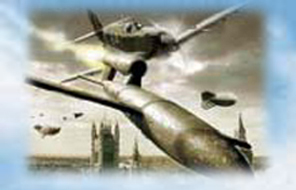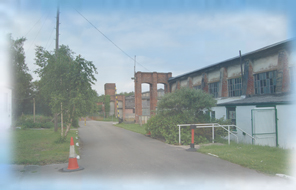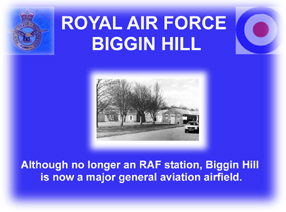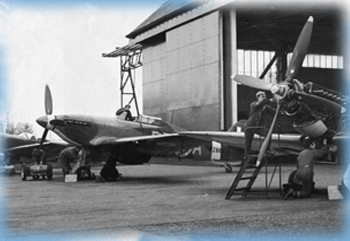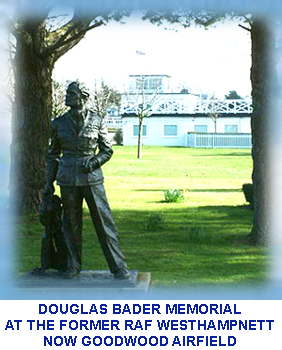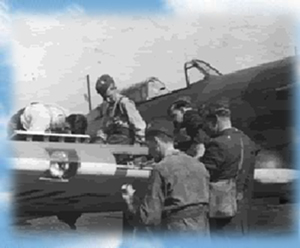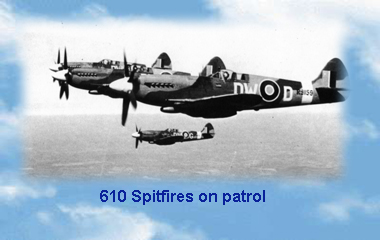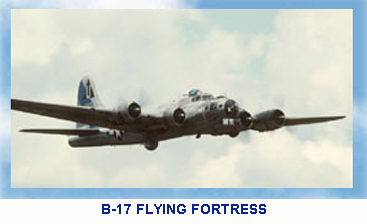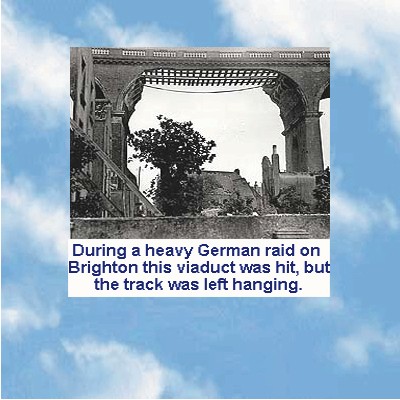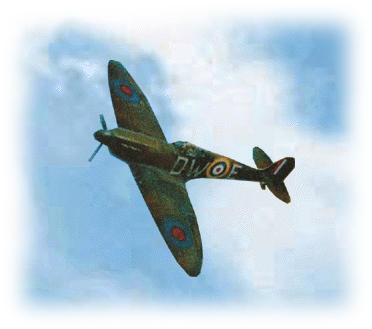
|
During April the Squadron made numerous sorties over France as escort to our
bombers attacking marshalling yards and airfields. At the end of the month a move
was made to Perranporth, Cornwall, where No. 610 was engaged mainly on convoy
patrols. In June the Squadron was again on the move. Bolt Head, Devon, was its new
station and from here many convoy patrols and air/sea rescue sorties were carried out.
|
|
24th September was a red-letter day. Two Me 110s were destroyed, the first to be
confirmed for some months.
| 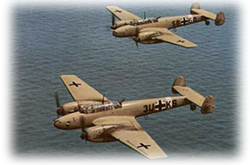
|
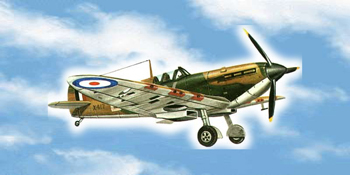
|
No. 610 made several moves during the next six months, being engaged
chiefly on patrols and shipping reconnaissance. With the approach of D-day, the
Squadron's work increased in extent and variety. May 1944, saw its pilots on low-
flying sweeps over Northern France, reconnaissance off the Normandy coast, cover
for Typhoons attacking minesweepers, 'Beat-ups' of enemy camps, railway wagons
and road convoys. It was the busiest month for a long time and the pilots logged no
less than 562 flying hours.
|
|
At last -D-day. But the pilots who had looked forward to the thrills of combat
were disappointed. The Squadron's part in the big events of the day lay in dull, though
vitally important, convoy patrols. In the evening however, the prospect brightened
when a special strike of Typhoons, with some of 610's Spitfires as escort, was laid on.
A small ship, reported to be carrying 'Brass hats' from the Channel Islands, was
attacked and hit by the Typhoons' rockets.
|
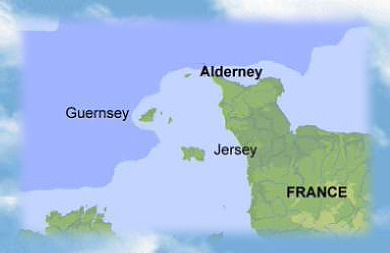
|
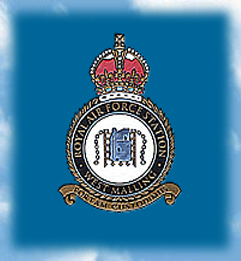
|
In the days that followed the Squadron, now based near Plymouth was mainly
employed on convoy patrols and escort work to cover the Typhoons incessantly
attacking shipping off the coast of Normandy. Then, on 18th June the Squadron
joyfully received news that it was to move to West Malling, Kent. Two days later it
made a good start on the job in the destruction of flying bombs.
610 knocked down a dozen in five days before being switched to an
airfield in Sussex to counter flying-bombs which had begun to appear in the area en
route for Portsmouth and Southampton. Despite many weary hours on patrol, the
pilots did not spot one flying-bomb, and within six days the Squadron was on the
move again, this time to Friston, near Eastbourne, where a landing ground on the top
of the cliffs was used.
|
|
On 4th July, two days after the Squadron's arrival, two more 'divers' were sent
harmlessly into the sea. Both pilots, having exhausted their ammunition, adopted a
novel technique in destroying their targets -they flew alongside the bombs and tipped
them into a dive with their own wingtips. Throughout July, 1944, the Squadron
patrolled incessantly against the flying-bombs. The pilots aggregated 719 operational
hours in their Spitfires and destroyed 31 'divers' bringing their total to date up to 43.
|

|
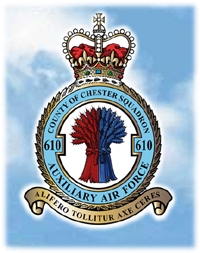
|
The Squadron was kept on anti-flying-bomb patrols until early September by
which time the pilots had flown, since 20th June, a total of 2,055 hours and
accounted for 50 'divers'. Then, within a few days, fresh guns, and tanks to increase
range, were fitted to their Spitfires and the pilots, tired of anti-flying-bomb patrols,
gladly turned their skill to new operations.
|
|
6th September 1944 was a historic day for the Squadron -it flew over German
soil for the first time, crossing the frontier at Isselburg after a swoop across Holland.
Days of reconnaissance of enemy weapon sites followed until 17th September when
No. 610 aided the 2,000 aircraft and gliders which transported the First Airborne
Army into Holland by flying anti-flak patrols. On ensuing days the Squadron
escorted reinforcements to the scene of operations.
|

|
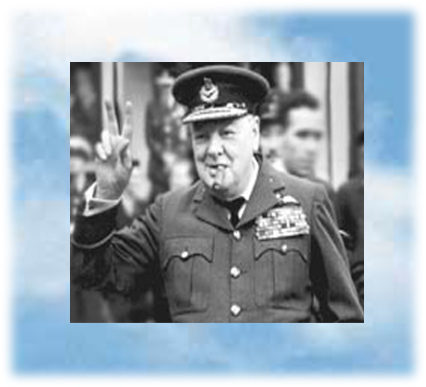
|
In October the Squadron was transferred from the Air Defence of Great
Britain to the Second Tactical Air Force and until 4th December was busily engaged
on shipping reconnaissance and escorts for bombers raiding the Continent. On 13th
November twelve of the Squadron's aircraft had the privilege of escorting the Prime
Minister from the Continent to England.
|
|
To the delight of all its members, on 4th December No. 610 moved to the
Continent where once more it came under the command of W/Cdr. Johnnie Johnson,
triple D.S.O, double D.F.C., who was then Wing Commander Flying No. 127 Wing.
He had commanded No. 610 from July 1942 until March 1943 and was a great
favourite with all ranks.
|
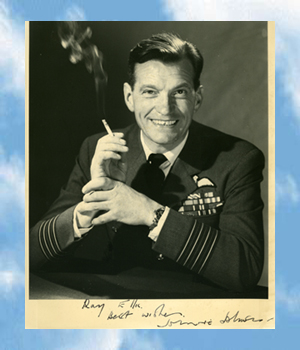
|
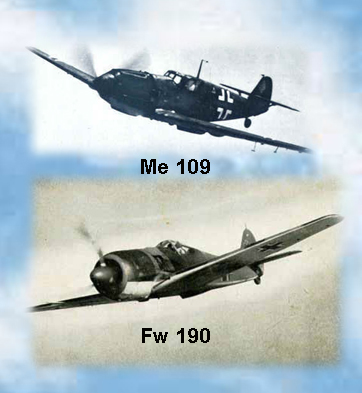
|
Bad weather restricted flying but before the year was out the Squadron had
taken part in a number of sweeps over the Munster-Hamm-Cologne area. The New
Year opened on an exciting note when strong forces of Me 109s and Fw 190s raided
the airfield where No. 610 was stationed. Happily, the Squadron escaped unharmed
and was able to claim a 'kill'.
|
|
The bad weather continued but the Squadron did quite a considerable amount
of flying despite the conditions. The Hun was steadily retreating through snow and
mud and No. 610 was able to hit hard at his transport which congested the roads and
railways.
Following the recoiling tail of the enemy, the Squadron changed its quarters twice
before the end of January 1945.
|
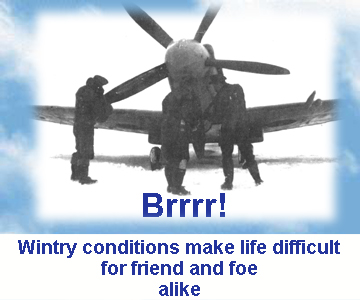
|
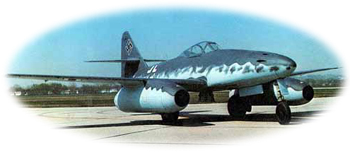
|
By February the Squadron had moved from Belgium into Holland and for the
next few weeks its pilots ceaselessly harried the Hun, attacking locomotives, motor
vehicles and barges, escorting our medium bombers and making reconnaissances of
German transport and industrial centres. On 14th February one of the Squadron's
pilots destroyed a Me 262 -the first German jet aircraft to fall to the Squadron.
|
|
Towards the end of the month the Squadron returned to England for a short
air-firing course. Within a few days of its arrival at Warmwell, Dorset, information
was received that for the time being at least, the Squadron was to be disbanded.
Officers and men were posted to other units, with the proud knowledge that they had
played their part in ensuring No. 610's place in the magnificent record of the
Auxiliary Squadrons during the war.
| 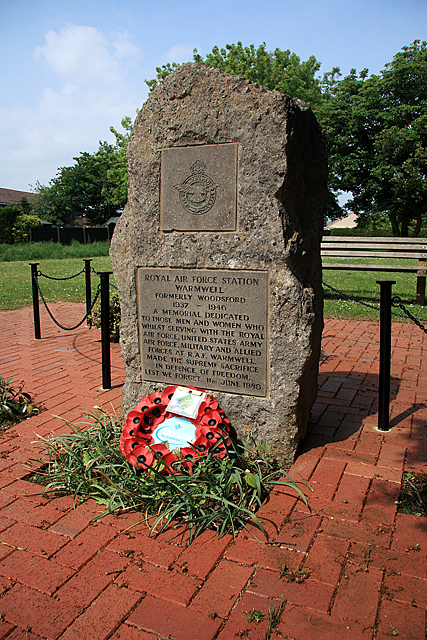
|
|
610 (County of Chester) Squadron was re-formed at Hooton Park in June 1946 with
Spitfire XIVs giving way to Spitfire XXIIs, then Meteor IVs and finally Meteor VIIIs.
With the termination of the Royal Auxiliary Air Force the Squadron was disbanded in March 1957.
|
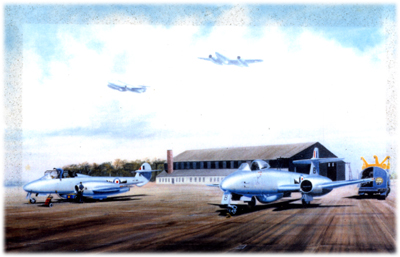
|
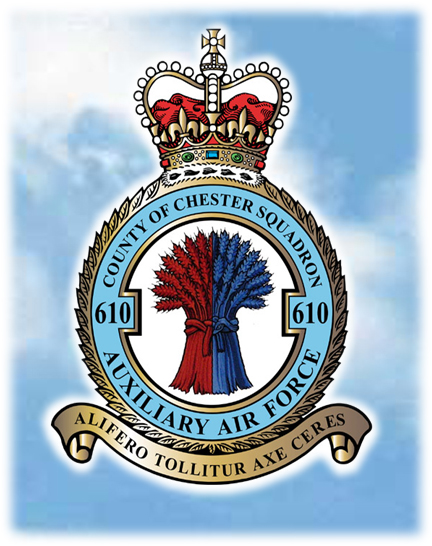
|
Directorate of Public Relations,
Air Ministry,
Parliament Square House,
Whitehall S.W.1
|


